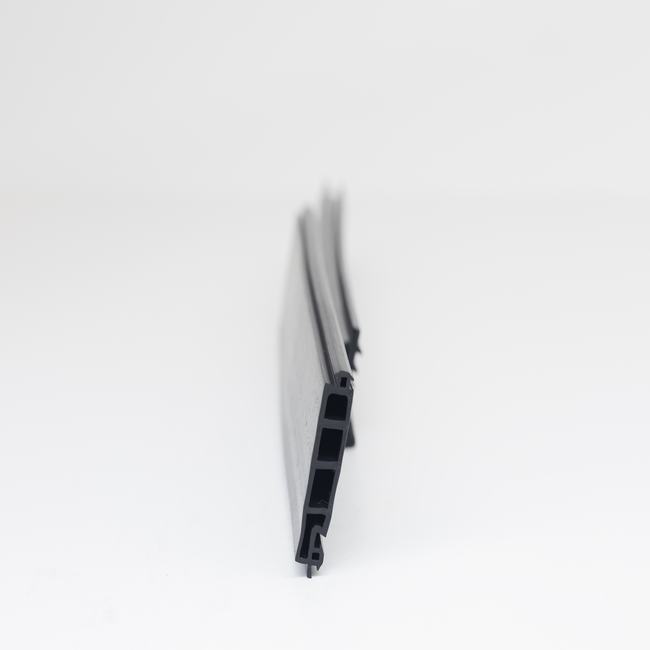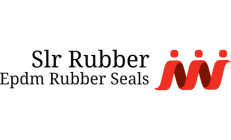PVC pipe seals, also known as polyvinyl chloride pipe seals, are vital components in the field of plumbing and construction. These seals are specifically designed to provide effective, long-lasting, and leak-proof connections within PVC piping systems. To gain a comprehensive understanding of PVC pipe seals, let’s explore a detailed description of their characteristics, applications, installation procedures, benefits, and considerations:
1. Material Composition: PVC pipe seals are typically fabricated from high-quality polyvinyl chloride, a synthetic thermoplastic polymer known for its durability, chemical resistance, and excellent mechanical properties. PVC is chosen for its ability to withstand a wide range of temperatures, making it suitable for both hot and cold water systems.
2. Purpose: The primary purpose of PVC pipe seals is to create secure and watertight connections between PVC pipes and various fittings, such as elbows, tees, couplings, and adapters. These seals prevent leaks, ensuring the integrity and efficiency of plumbing and drainage systems.
3. Types of PVC Pipe Seals: Several types of PVC pipe seals are available, each designed for specific applications and installation methods:
a. Solvent-Weld Seals: These seals are commonly used in PVC plumbing systems. They rely on a chemical solvent to bond the pipe and fitting surfaces, creating a strong, leak-proof connection.
b. Compression Seals: Compression seals use mechanical pressure to secure the joint between two PVC pipes or a pipe and fitting. They are suitable for applications where the pipes may need to be disassembled.
c. Threaded Seals: Threaded PVC pipe seals are used in systems with threaded fittings. They provide a tight seal when the threaded components are properly tightened together.
d. Gasketed Seals: These seals incorporate rubber gaskets that fit between pipe and fitting surfaces, ensuring a watertight connection without the need for solvent welding or compression.
4. Installation Process: The installation of PVC pipe seals typically follows these steps:
a. Pipe Preparation: The ends of the PVC pipes and fittings to be joined are cleaned and deburred to ensure a smooth, even surface.
b. Solvent Welding (for solvent-weld seals): A solvent primer is applied to the pipe and fitting surfaces to clean and prepare them for bonding. Then, a solvent cement is applied to both surfaces, which are quickly joined. The solvent softens the PVC, allowing it to fuse together as it dries, creating a strong, permanent connection.
c. Compression or Tightening (for compression and threaded seals): Compression seals are tightened using compression rings or clamps, while threaded seals rely on proper threading and tightening of components to form a secure connection.
d. Gasket Seals (for gasketed seals): The rubber gasket is placed between the pipe and fitting. When the two are pressed together, the gasket creates a watertight seal.
5. Benefits: PVC pipe seals offer numerous advantages, including:
a. Corrosion Resistance: PVC is highly resistant to corrosion, making it suitable for use in both indoor and outdoor applications.
b. Durability: PVC pipe seals are long-lasting and require minimal maintenance.
c. Cost-Effectiveness: PVC materials and seals are generally cost-effective, making them an economical choice for plumbing and construction projects.
d. Chemical Resistance: PVC is resistant to many chemicals commonly found in plumbing systems.
e. Ease of Installation: Solvent-welded seals are relatively simple to install, and PVC pipes and fittings are readily available and easy to work with.
6. Considerations: When working with PVC pipe seals, it’s essential to consider factors such as pipe size, pressure ratings, and compatibility with other materials in the plumbing system. Additionally, proper adherence to local building codes and regulations is crucial to ensure the safety and compliance of the installation.
In summary, PVC pipe seals are essential components in plumbing and construction applications, offering a reliable and cost-effective solution for creating leak-proof connections in PVC piping systems. Their durability, chemical resistance, and ease of installation make them a preferred choice for a wide range of residential, commercial, and industrial projects.










